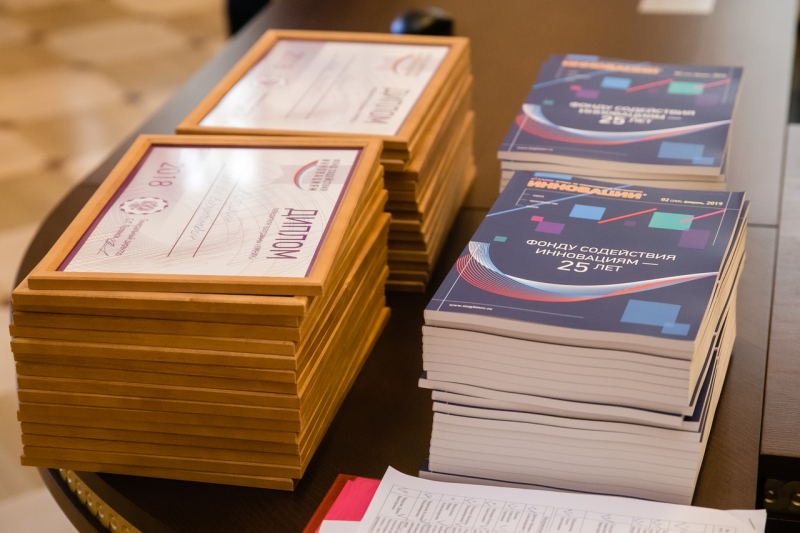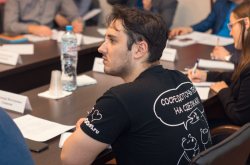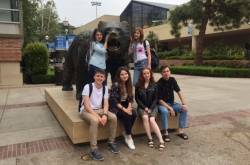Daria Lampadova, third-year student at ITMO University’s Faculty of Applied Optics
This is my first experience of participation in such a contest: before, there’ve only been scientific conferences and academic competitions. That’s why winning in the UMNIK contest was a big surprise for me: I couldn’t have even imagined that such a success would be possible from the first attempt. As I’ve understood, during the application process you have to always keep in mind that your development shouldn’t be only interesting because of its scientific novelty: it should have a potential to be commercialized. This has to be understood from the very beginning.
Speaking about our project, today, chemical reagents are used to combat the negative consequences of oil production, one example of the latter being asphalt-resin-paraffin deposits. Laboratory tests, including terahertz spectrometry, can help in the choice of a right reagent. However, the majority of such devices are manufactured abroad, so the software often fails to meet our needs. That’s why the goal of our project is to create the software that would be adapted to our conditions and with which it would be possible to analyze the composition and physico-chemical properties of the reagents. Moreover, the studied properties will enable us to create a digital portrait of each sample. As a result, we’ll get a large database that would be convenient to use for selecting reagents for specific conditions.
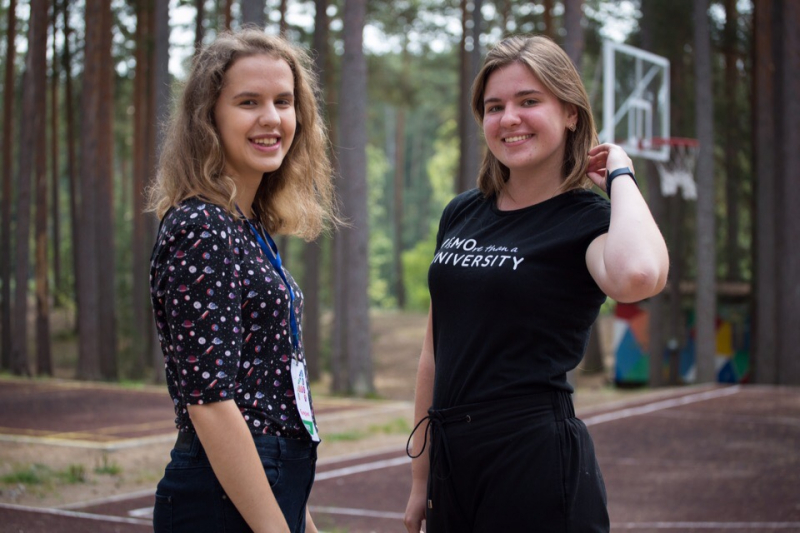
We plan to use the money provided by the grant to buy our own terahertz spectrometer in order to be able to develop our own software. The global goal of the UMNIK program is not even to create an innovative product. Instead, the organizers expect that based on their developments, the program’s participants will be able to establish small innovative enterprises. Therefore, the goal we are striving for is to implement this project and apply for participation in Start, the next program organized by the Foundation for Assistance to Small Innovative Enterprises.
Artemiy Zenkin, first-year Master’s student at ITMO University’s Faculty of Infocommunication Technologies
Our project comes in the form of a landing station with the capacity of landing various multirotors operating under autopilot with open source code. The station supports Robot Operating System, a widespread framework for creating complex and distributed robotic systems. It also has the ability to regulate contact multicopter charging in regard to current and voltage based on the parameters of the battery corresponding to the unmanned aerial vehicle (UAV). Moreover, it can analyze weather conditions and, drawing on this analysis and an inbuilt decision-making support system, conduct UAV landing or lift-off.
In April, I participated in a grant competition organized by ITMO University, which I eventually won. To be honest, I have a habit of recording all my performances, so I just rewatched it, made a couple of mental notes and settled on the fact that the presentation was worthy. Then I had to wait for the results. At first, I missed the message that I won. I learned about it from my colleague who congratulated me on the victory.
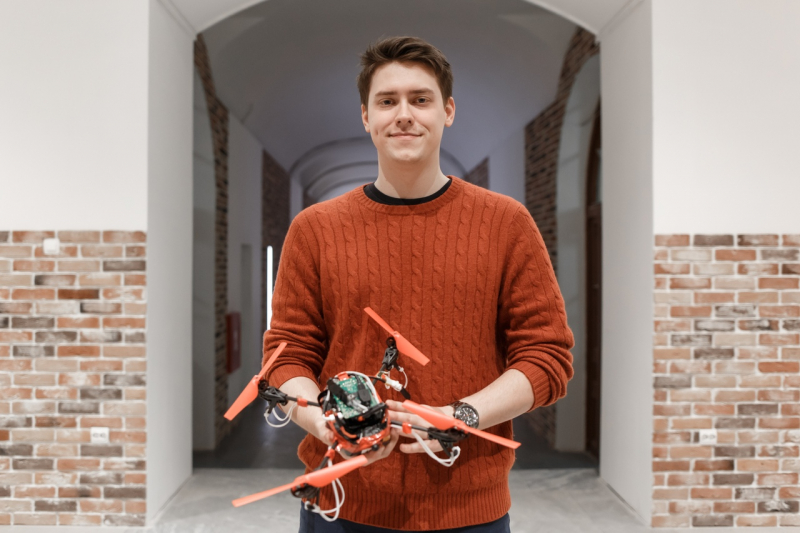
I plan to use the grant for purchasing the components I need and promoting my laboratory ADL, where we’re developing this station. One part will go on to pay for the constructor.
Speaking about the application procedure, the hardest thing was to write the application, as it was rather big and required a lot of time for working it through. I’d recommend to start it as soon as the applications open. Write the application in small parts, and a week before the deadline, look it through once more and make all the corrections needed.
Maria Blankina, first-year Master’s student at ITMO University’s Faculty of Applied Optics
This year, I’ve participated in the UMNIK competition for the second time. I first participated in it when I was a second-year Bachelor’s student. Back then, I had very little understanding of how a project should be implemented, I only had a great idea and desire to create. I didn’t really want to win, I just wanted to participate and get my project reviewed by people outside of my team. I knew that I would participate in the contest again, but I did not expect it to be in three years. This fall, when applying for participation, I knew that my project was a pretty good one and my chances for the victory were high. I felt confident about my project and was well prepared, but I was still very happy to see myself among the winners.
I am developing a device for identifying humic substances in the soil with the possibility of conducting the measurements in the field conditions. At the idea stage, I was inspired by the fact that I could help not only agricultural enterprises but also all the people of the country as a whole. Insufficient or excessive soil fertilization leads to negative results, both economic and physiological (in terms of human health). My project can solve a number of such problems. At the stage of pre-project analysis, I chose several effective solutions for the creation of this device. At the moment, a number of studies have already been carried out to test the possibility of using spectral methods to determine humic substances in the soil, and the principal circuit diagram of the device has also been drawn up.
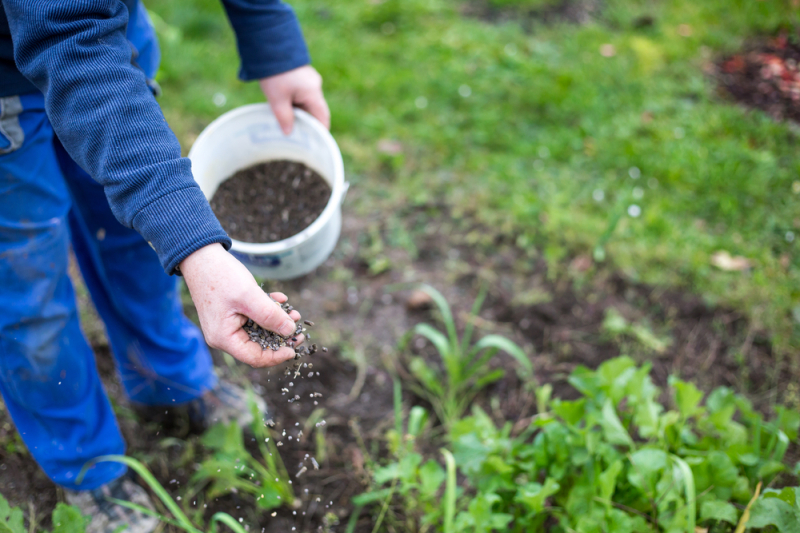
The UMNIK program provides 500,000 rubles for two years. This sum is necessary for making the prototype (for purchasing necessary components and developing the software).
The hardest part for me was to find the time to write the full application. The template gives you lots of recommendations abiding by which you can really increase your chances of getting into the final round. At the finals, it’s very important to show yourself in the best way possible. From what I gathered, the experts singled out participants who were ready to take responsibility for all stages of their project’s implementation. It’s important to understand exactly how you plan to achieve the result you’ve indicated in the application. It’s also vital that you prepare well by studying the main fundamental references for the implementation of your project so that you not only have a stage-by-stage plan of your action but also are an expert in the field of the project you implement.
Ruslan Bobko, fourth-year Bachelor’s student at ITMO University’s Faculty of Control Systems and Robotics
Before this one, I hadn’t applied for participation in any Russian competitions because I came from Donetsk and thus didn’t have a Russian passport. However, I did participate in ITMO University’s project on the development of a mobile program with a system of technical vision and navigation, as well as a range of small personal projects.
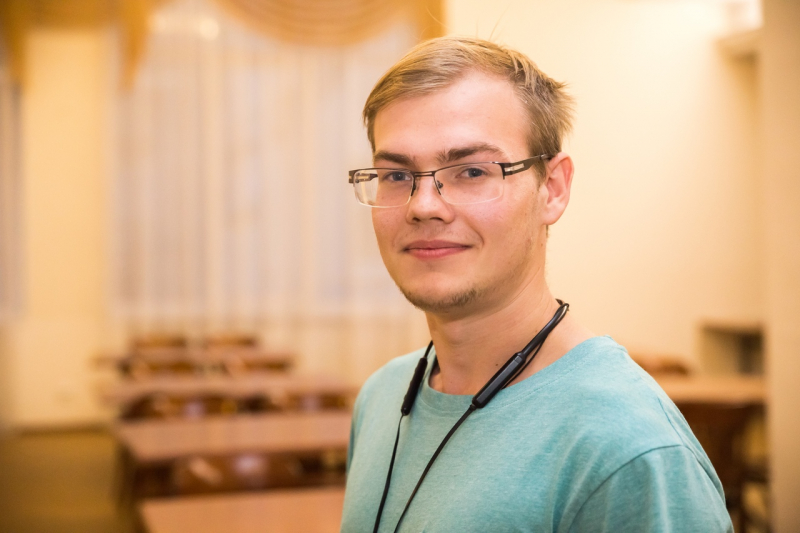
I think that what attracted the jury’s interest was the field of my invention: a system for transmitting information through a Braille dot font. Providing education and ensuring good quality of life for visually impaired people are very topical aspirations both in Russia and abroad: according to the Information Portal for Special Libraries for the Visually Impaired, there are only 72 such libraries in the whole of Russia. Braille displays for computers are even more expensive than conventional printing on paper: over 100,000 rubles for a book with 24 symbols. That’s why my proposed approach to displaying a font on an electromechanical device, which would cost 10-15 less than its analogs with an opportunity to simultaneously display nine full-fledged lines of texts of 40 symbols each, sparked real interest, not to mention my computer vision system for text recognition. The questions I got were mainly about the ways of implementing the idea, about the patent research, the competitors and how market evaluation was conducted.
Each winner is given 500,000 rubles for the development of their project. The grant is paid in two parts: the first one is given to the winner right after the signing of the contract, while the second one is paid after the intermediate defense of the project. 50,000 rubles are paid for acceleration.

One of the most laborious aspects of the contest is the thorough preparation of all aspects of the future project; only the application involves writing several pages-worth of descriptions of the device’s operating principles, patent research, topicality and the need for funding. That’s why it won’t not possible to defend even the most breakthrough idea without thorough preparation. What’s more, the questions you’ll get can concern a wide range of very different topics, starting from your typical “what makes your product better than its analogs” and finishing with “how will you know that something’s gone wrong”.
So if you’re planning to apply for UMNIK or other contests, carefully think through all the possible scenarios.
Natalia Gorokhova, first-year student at ITMO University’s Faculty of Control Systems and Robotics
Before UMNIK, I had never participated in such serious competitions. So, obviously, I was very surprised by the fact that I won. Though I’m majoring in robotics, I have always been interested in interdisciplinary fields, especially those related to medicine. My research is aimed at helping people suffering from plantar fasciitis.
The main goal of my project is to develop a rehabilitation device that would improve the quality of life for people suffering from plantar fasciitis. Orthopedic insoles can only alleviate pain. As a rule, additional therapy is needed, such as medication, massages, etc. One cannot wear the insole all day long, and it is only suitable for closed shoes. Otherwise, one needs several different types of insoles. Any additional therapy and rehabilitation requires time and money. The existing rehabilitation methods can only be used when a person is motionless. This is why I decided to attempt to design such an insole that would combine not only the rehabilitation function but also the healing one. The main advantage of this development is that the insole will be an individual, import-substituted product, and what is also important is that this “medical device” can be used when moving as well.
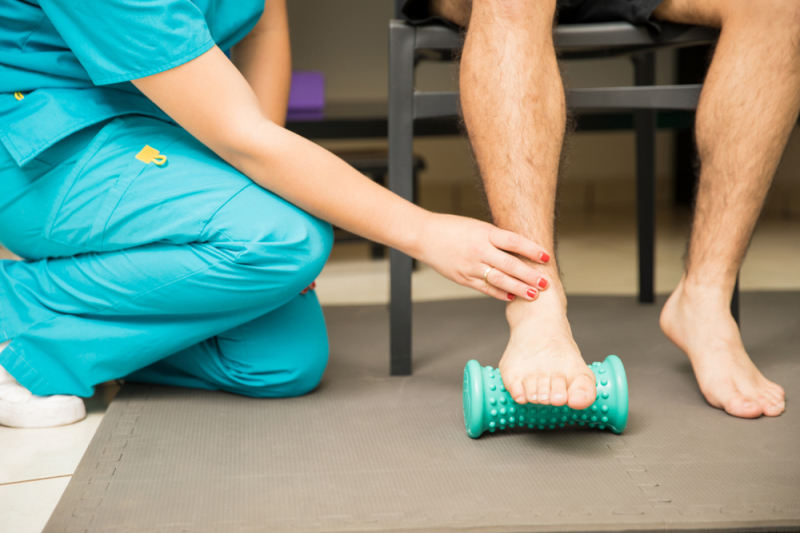
I hope that the grant funding will help me bring my project to life and solve the task I’ve set, as medical equipment for research and patient rehabilitation can be really expensive.
The most difficult thing when applying, however strange it may seem, is to believe in yourself and your ability to convince other people in the importance of addressing this problem. I think that everyone is capable of achieving their goals. Never give up attempts to implement your ideas, even if they seem unfeasible or absurd. And then the luck will find you.
Ivan Loginov, fourth-year PhD student at ITMO University’s School of Computer Technologies and Control
This was my first time participating in the UMNIK competition, though I’ve heard my colleagues mentioning it to me several times. I was very happy to find myself among the winners, though I have to note that it wasn’t an absolute surprise: I did my best to get prepared for the competition and made a good application. Of course, there was an element of luck as well.
The project that was presented at the contest is dedicated to the development of a platform for fast prototyping of retargetable compilers. These are compilers that can be reconfigured (and not rewritten) to support different target platforms, first and foremost processors with different architecture. Internet of Things is envisaged to be the main field for the application of the project, as it tends to have a wide variety of processor architectures, and it’s important to provide software developers with compilers as soon as possible. The main goal is to decrease the time needed to launch the product on the market; developing a compiler for a specific processor architecture can take a lot of time. Suppliers may provide the tools, but these don’t allow to achieve either the optimal effectiveness of the software or the optimal development time.
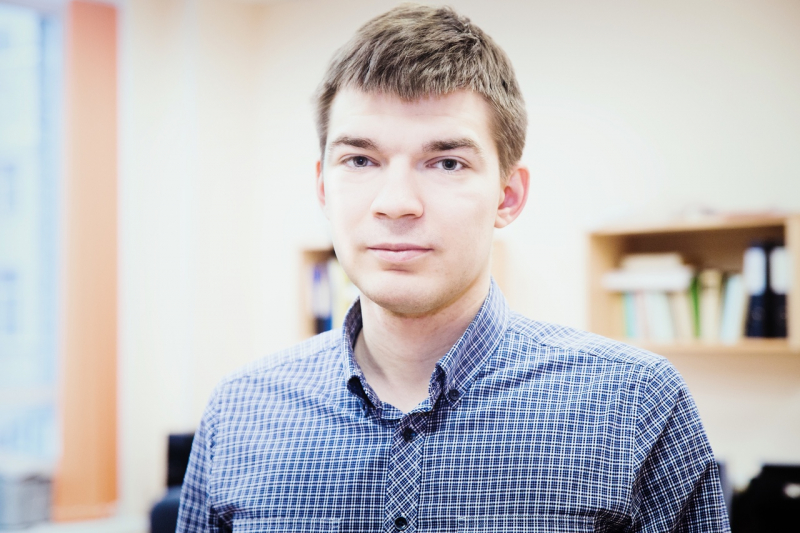
As a result of the grant, the necessary technical groundwork will be obtained in the form of system architecture and basic functionality that will solve the problem of compiler retargeting for different target platforms. In the course of one year, it will be necessary to present the results of the project, and then it will be decided if the project will receive future financial support or not. The development of a system of such complexity is a serious engineering task, and this is why we are talking about the implementation of the basic functionality, which is planned to be tested as part of research projects conducted at the laboratory of the Internet of Things at the Faculty of Software Engineering and Computer Systems.
This project belongs to a family of projects on the creation of an entire ecosystem of development tools which I’m working on together my colleagues from the faculty, Elizaveta Kuzenkova and Yuri Korenkov.
My advice to students and PhD students is to participate in such competitions: the skill of filing applications and giving presentations will definitely come in handy in your future career. It is very important to think outside of the box and see the project you’re working on from a different angle, understand the conditions it works under. During your studies, you also have tons of opportunities to attract support for your own projects in the form of contests, acceleration programs, and even courses on rhetorics and fundraising, which are bound to be of use.
